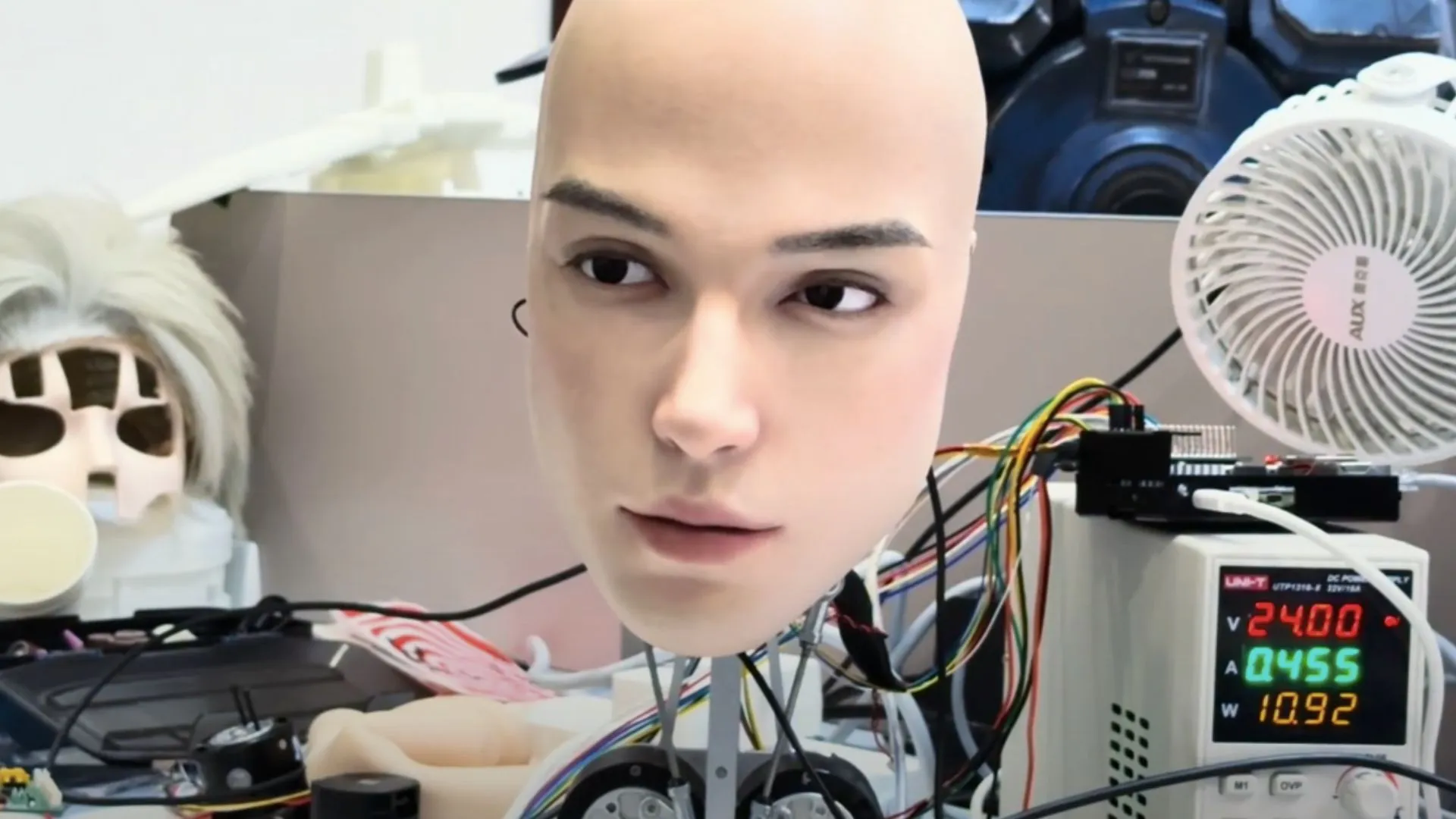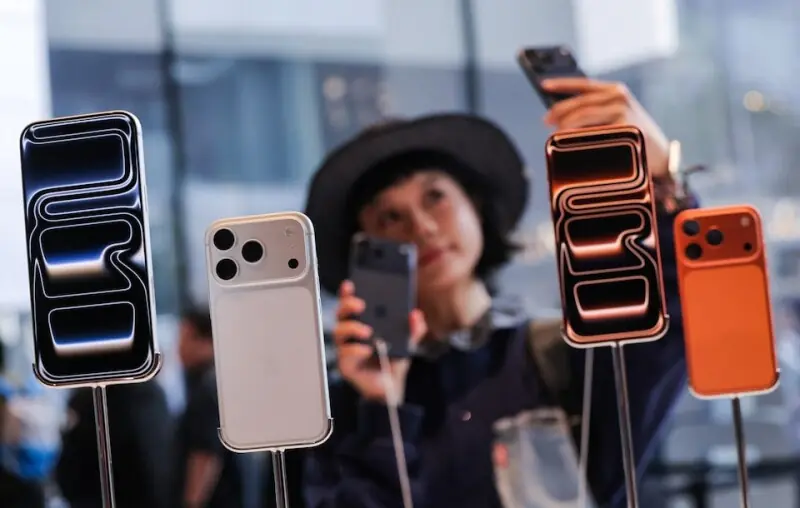
A Chinese robotics company named AheadForm has developed a humanoid robotic head that can express a wide range of realistic emotions.
In a YouTube video, the robot’s head glances around with a quizzical expression and blinks in a way that is eerily lifelike. It has captured widespread attention.
The company aims to improve how humans and robots interact. For this, it aims to create humanoid robots with lifelike faces with expressive facial features and moving eyes.
AheadForm states that it creates these realistic facial expressions by combining self-supervised AI algorithms with bionic actuation technology.
“We develop advanced bionic humanoid robots that integrate self-supervised AI algorithms with high-DOF bionic actuation, empowering future AGI to express authentic emotions and lifelike facial expressions,” the company’s website stated.
Elf-like robots
The company’s goal is to enhance human-robot interaction by creating robots with expressive facial features, moving eyes, and synchronized speech, allowing them to convey emotions and understand human non-verbal cues.
This, they believe, will make interactions more natural and engaging.
Interestingly, the startup has been showcasing these “realistic humanoid robot” faces through its “Elf series.”
In this series, the company has been designing Elf-like robots with big ears. These “ultra-lifelike humanoid robots” are said to have up to 30 degrees of freedom, powered by a precise control system and an advanced AI learning algorithm.
The company recently showcased its latest model, “Xuan,” a full-body bionic figure with a static body and a head equipped with an advanced interactive system capable of rich facial expressions and “lifelike gaze behaviors.”
One of its models (Elf V1) is said to even “perceive the world, communicate, learn, and interact intelligently with its surroundings.”
Use of brushless motors
The key to these realistic movements is a specialized “brushless motor” designed for precision facial control.
The motor is described as having ultra-quiet operation, high responsiveness, and a compact, lightweight, and energy-efficient design.
“With its compact size, lightweight design, and energy efficiency, this motor is the ideal choice for next-generation robots that require precise, subtle facial control to create a truly human-like experience,” the website noted.
The company’s founder, Hu Yuhang, is optimistic about the future of humanoid robotics.
He predicts that within ten years, robots will feel almost human in their interactions, and within 20 years, they could walk and perform tasks just like a person.
“Each stage of development is different, but to create a robot that is exactly like a human is very difficult,” he told SCMP.
Another company, Shanghai Qingbao Engine Robot that sells highly realistic androids. These robots are used by businesses to attract attention in a variety of public settings, including exhibition halls, retail stores, hospitals, schools, hotels, and for e-commerce live streaming.
The primary goal of the humanoid robot industry is currently productivity, not emotional expression.
A number of companies, including Tesla, are developing these robots to perform practical tasks like replacing human labor and serving as household assistants.
A future filled with these robots is still a long way off.
Reportedly, not everyone is convinced that bipedal robots are the best solution, with some experts arguing that purpose-built industrial robots will always be a more effective option for specific tasks.



